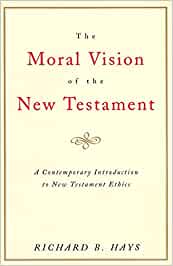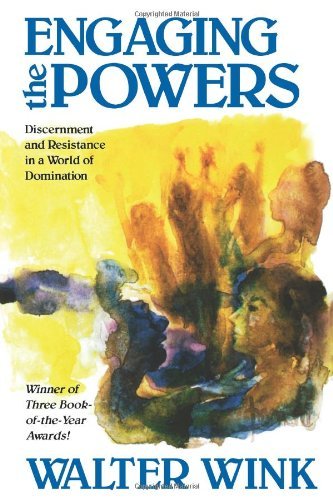April 22, 2001; April 29, 2001; May 6, 2001 – 3 Sunday School classes
image above: A History of Violence: Edge Master Class 2011 | Edge.org
WN: That’s right. I presented the three papers highlighted below at three successive adult Sunday School classes. It was fun!
This material with similar titles is elsewhere on this website.
I owe the title to a wonderful book by L. Gregory Jones: Embodying Forgiveness: A Theological Analysis, p. 71.
excerpt:
IntroductionI used to think that a talk on violence within any Mennonite church was a bit like taking coals to Newcastle: superfluous. And one would think as an outsider to Christian faith that claims to follow the “Prince of Peace” would show massively in peacemaking initiatives from the Christian church throughout all church history. Wrong! And wrong! Need I say more? There is a huge discrepancy between the teachings of Jesus and the New Testament about violence, and Christians’ response throughout most of church history.
 Richard Hays, in a major work entitled The Moral Vision of the New Testament (1996), puts it pointedly:
Richard Hays, in a major work entitled The Moral Vision of the New Testament (1996), puts it pointedly:
This is the place where New Testament ethics confronts a profound methodological challenge on the question of violence, because the tension is so severe between the unambiguous witness of the New Testament canon and the apparently countervailing forces of tradition, reason, and experience (p. 341).
In an entire chapter devoted to whether New Testament teaching in any way warrants Christians to support violence to achieve justice, Hays concludes:
Our exegetical illustration of Matthew 5:38 – 48 has led to the conclusion that the passage teaches a norm of nonviolent love of enemies…. The question that we must now consider is how Matthew’s vision of the peaceful community fits into the larger witness of the canon of the New Testament. Do the other texts in the canon reinforce the Sermon on the Mount’s teaching on nonviolence, or do they provide other options that might allow or require Christians to take up the sword?
When the question is posed this way, the immediate result — as Barth observed — is to underscore how impressively univocal is the testimony of the New Testament writers on this point (p. 329).
There is only one consistent New Testament voice on the theme of violence: its utter rejection!
Why then, if the New Testament is so consistent in its witness for nonviolent peacemaking, should commitment to nonviolence be the overwhelming minority position of the Christian church? Hays again:
One reason that the world finds the New Testament’s message of peacemaking and love of enemies incredible is that the church is so massively faithless. On the question of violence, the church is deeply compromised and committed to nationalism, violence, and idolatry. (By comparison, our problems with sexual sin are trivial.) This indictment applies alike to liberation theologies that justify violence against oppressors and to establishment Christianity that continues to play chaplain to the military-industrial complex, citing just war theory and advocating the defense of a particular nation as though that were somehow a Christian value (p. 343).”
 “Violence is the ethos of our times. It is the spirituality of the modern world (Wink, Engaging the Powers: Discernment and Resistance in a World of Domination, 1992, p. 13),” writes one contemporary cultural observer and New Testament theologian, Walter Wink. More than any religious spirituality, including Christian, violence is the cultural air we breathe like no other. How can this be so after 2,000 years of Christian influence on culture? Simply put, it is too often as Søren Kierkegaard wrote:
“Violence is the ethos of our times. It is the spirituality of the modern world (Wink, Engaging the Powers: Discernment and Resistance in a World of Domination, 1992, p. 13),” writes one contemporary cultural observer and New Testament theologian, Walter Wink. More than any religious spirituality, including Christian, violence is the cultural air we breathe like no other. How can this be so after 2,000 years of Christian influence on culture? Simply put, it is too often as Søren Kierkegaard wrote:
My position is that the whole prevailing official proclamation of Christianity is a
conspiracy against the Bible – we suppress what does not suit us (quoted in Charles Bellinger, The Genealogy of Violence, 2001, p. 98).
This past century has seen more people slaughtered than all previous centuries combined — 107 millions in wars and regional conflicts by the mid-90’s. Christians have led, blessed,and participated in the vast majority of this killing, and continue to do so into the third millennium. What ever happened to following Jesus on the issue of violence?
Please click on: South Langley MB April 22 2001–(Is Violence Master of Us All?: I)
Please click on: South Langley MB April 29 2001–(Is Violence Master of Us All?: II)
Please click on: South Langley MB May 6 2001–(Is Violence Master of Us All?: III)

